What is a Valve: Types & Functions
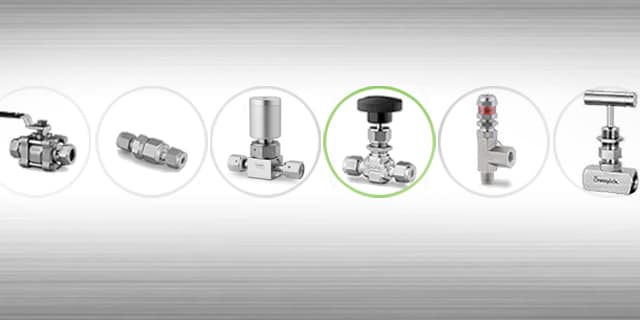
Valves 101: Basic Functions and Types of Industrial Valves
Industrial fluid systems should be designed and built with the right components to reliably function as intended. Valves play an important role here, allowing operators to effectively control system fluid flow to best suit the application’s needs.
Fluid system design can be complex, requiring many considerations. It may not always be readily apparent which valve is right for your application. Do you need to stop and start flow? Control the direction of flow? Regulate flow level? Or do you need to protect your system from overpressure?
These are all questions that should be asked when deciding how to select a valve for your fluid system. In this post, we will explore different types of industrial valves and offer tips to help you make the right choice for your applications.
Want to learn more about valve types, selection, and troubleshooting? Check out our Swagelok® Valves Essentials course.
Safety First

Valves play critical roles in enabling safely functioning fluid systems. For example, a safety shut-off valve or pressure relief valve can prevent your system from reaching overpressure, a potentially dangerous scenario that may lead to a blowout.
Understanding Flow

Valves permit flow based on factors including the diameter of its end connection and the valve’s flow path. To help understand a valve’s ability to control flow, manufacturers typically provide a flow coefficient, or Cv, along with the supplied valve. A higher Cv means a higher flow rate, but a higher Cv is not necessarily beneficial—depending on the valve type and application, some valves may come with a Cv of near zero.
Use our Cv Calculator to determine Cv or flow based on pressures, flow rates, temperatures, and media within your system.
Valve Functions and Types
The many valves available today serve five primary functions, listed below along with their industry-standard symbols commonly found in piping and instrumentation diagrams (P&IDs):

- Ball valves
- Bellows valves
- Diaphragm valves
- Plug valves
- Gate valves




Making the Right Selection
With a fuller understanding of flow and how different types of valves can help control it, you will be better equipped to make the proper selection in your fluid system design. This article, however, is just a primer. As a next step, consider reading more about using the proven STAMPED industrial valve selection method in this related article.
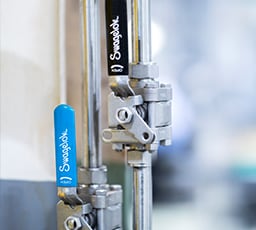
Related Articles
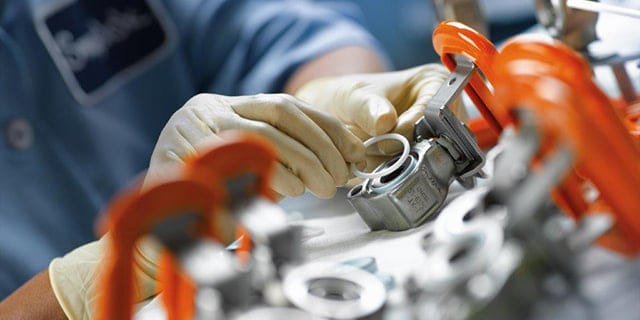
How to Select Valves for Industrial Fluid Systems
Learn how to apply the practical STAMPED method to select the valves most suited to your industrial fluid or sampling system design applications.
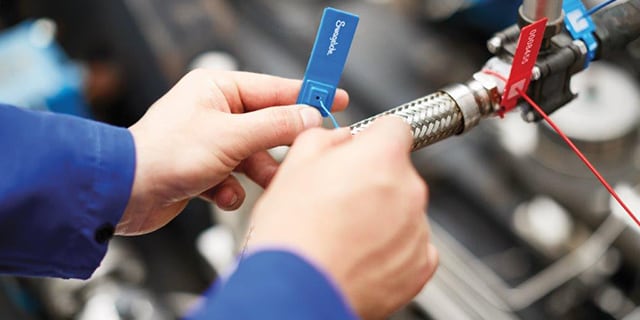
How to Improve Your Maintenance Program with Valve and Hose Tags
Hear from two Swagelok specialists how a robust tagging system for hoses and valves throughout your industrial fluid systems can help you simplify maintenance and minimize system downtime.
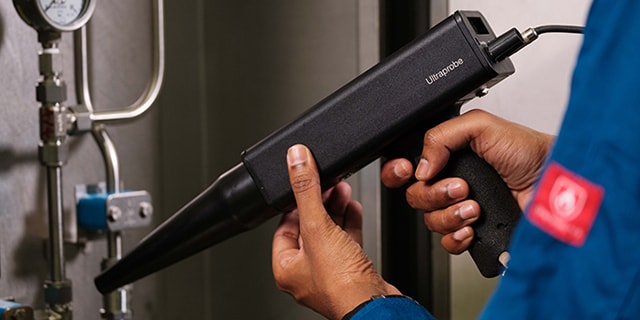
Minimize the Costs of Fugitive Emissions with Low-E Valves
Fugitive emissions are a growing concern in the chemical and refining industries. Certified low-emissions (Low-E) valves can protect your facility and bottom line. Learn what they are, how they are tested, and how they can help you in this post.


